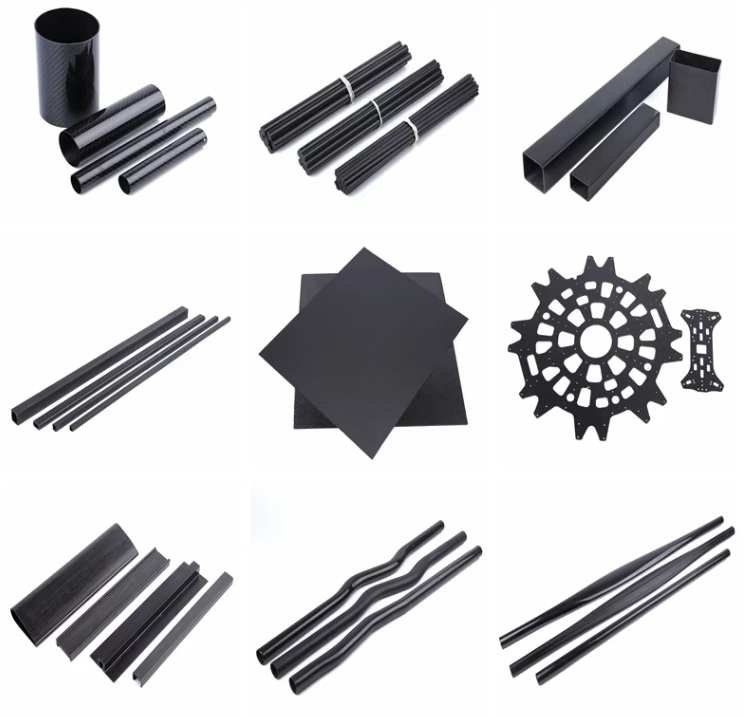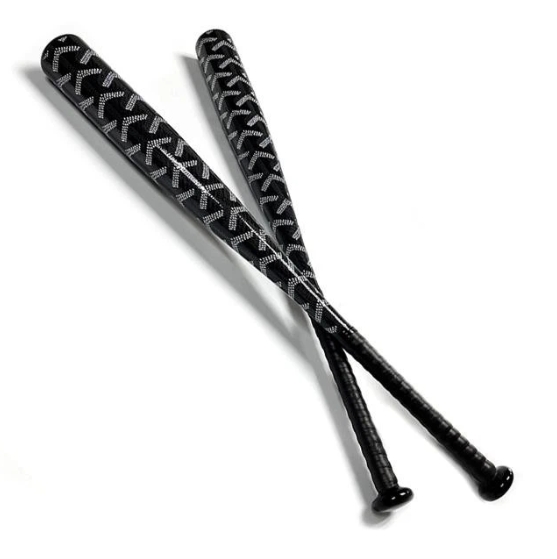Carbon fiber Introduction
Carbon fiber, a wonder material celebrated for its lightweight strength and durability, has transcended industrial use to revolutionize everyday products. From aerospace engineering to household essentials, this versatile material is reshaping how we live, work, and play.

Aerospace Innovations
In aerospace, carbon fiber composites reduce aircraft weight by up to 20%, cutting fuel consumption and emissions. Boeing’s 787 Dreamliner, for instance, uses carbon fiber for 50% of its structure, enabling longer flights and quieter cabins.
Sports & Recreation
Sports equipment benefits from carbon fiber’s high strength-to-weight ratio. Tennis rackets, golf clubs, and bicycles now feature carbon fiber frames, enhancing performance and comfort. Even fishing rods and ski poles use this material to provide sensitivity and resilience.
Automotive Advancements
Car manufacturers like BMW and McLaren integrate carbon fiber into chassis and body panels, boosting speed and safety while reducing energy use. Formula 1 cars rely on carbon fiber monocoques to protect drivers during crashes.
Everyday Essentials
Beyond high-tech sectors, carbon fiber touches daily life:
- Furniture: Lightweight yet sturdy chairs and tables.
- Medical Devices: MRI-compatible stretchers and lightweight wheelchairs.
- Consumer Goods: Portable electronics, drone frames, and even eco-friendly water bottles.
Sustainability & Future Trends
Carbon fiber’s recyclability and low maintenance make it eco-friendly. Emerging applications include renewable energy (wind turbine blades) and smart infrastructure.
Conclusion
Carbon fiber’s adaptability ensures it remains at the forefront of innovation. Whether in space, sports, or your living room, this material continues to redefine what’s possible.If you want to learn more about carbonfiber, check out jiaxincarbonfiber.com. We bring you the best answers.

